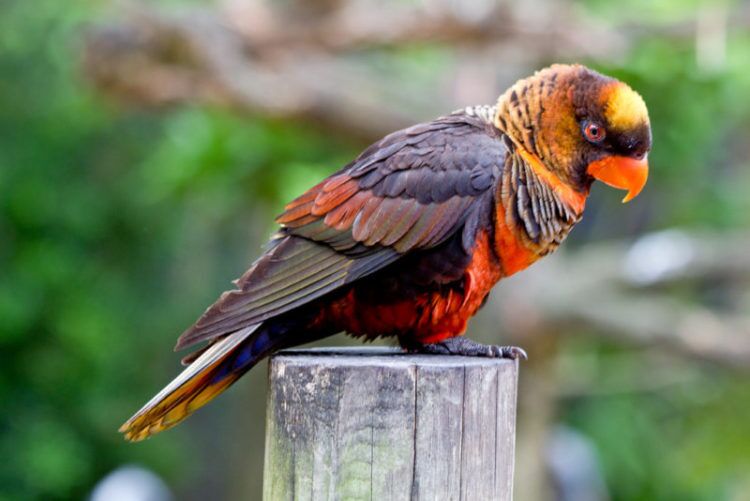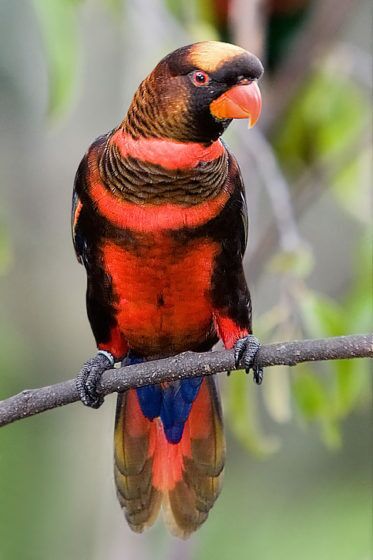
In the vibrant realm of tropical rainforests, where a symphony of colors and melodic sounds intertwine, there exists a bird that captivates the hearts and imaginations of all who encounter it. Let us embark on an exciting excursion into the captivating world of Pseudeos fuscata, the magnificent birds of paradise!

Pseudeos fuscata, also known as the Greater Lophorina or the Black Sicklebill, is an endemic species of bird-of-paradise to the New Guinea rainforests. Its appearance is a work of art, a study of contrasts. The male birds have an iridescent, jet-black plumage with a pair of extraordinary, sickle-shaped tail feathers, whereas the females have a more subdued elegance due to their dark brown feathers. Together, they produce a hypnotic tapestry of colors and patterns that rivals the most scintillating works of art.

Pseudeos fuscata courtship rituals are nothing short of extraordinary. For the purpose of attracting a prospective mate, the male performs an intricate dance. Using his tail feathers as an elaborate display, he transforms himself into a living work of art with grace and delicacy. He creates mesmerizing shapes in the air by twisting, turning, and undulating, revealing a kaleidoscope of colors. A symphony of distinctive vocalizations accompanies the dance, lending a melodic touch to the spectacle. It is a sight that captivates viewers, and only the most impressive performance can earn a woman’s affection.
In addition to their captivating appearances and dance routines, Pseudeos fuscata are illusionists. Male birds manipulate their plumage to create optical illusions as part of their elaborate courtship displays. By flexing and vibrating their feathers, they produce a hypnotic effect that is reminiscent of a mystical transformation. The feathers appear to change shape and color, producing a bewildering and alluring optical illusion. These avian artisans demonstrate the boundless creativity of nature.






